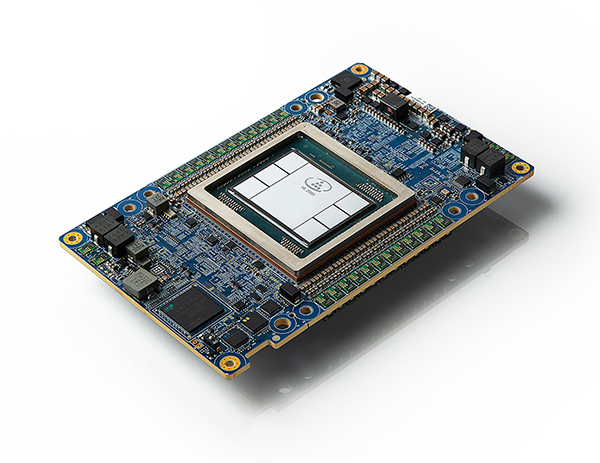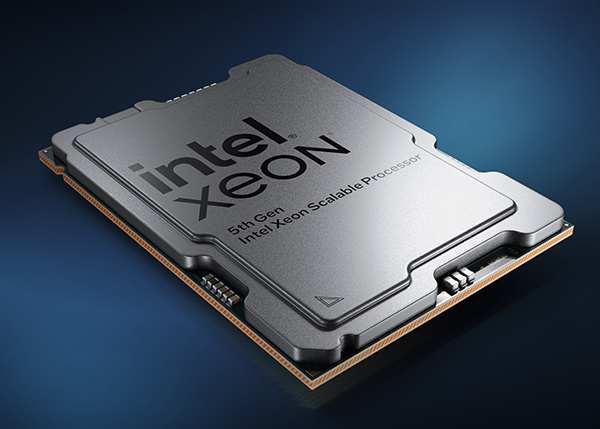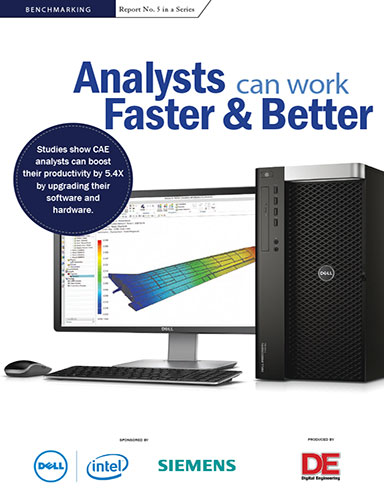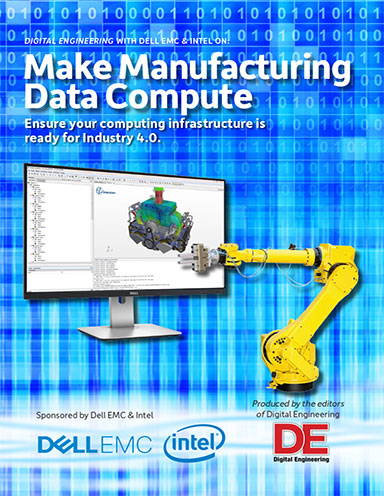In Day One’s keynote at Intel Innovation Day 2023, Intel CEO Pat Gelsinger introduces his vision of Siliconomy, and lays out the company’s roadmap for AI. Image courtesy of Intel
Intel Innovation Day: CEO Outlines AI Roadmap, Xeon Split, and Partnerships
Company outlines strategies to separate Xeon CPUs into P and E Processors
Latest News
September 25, 2023
Last week, Intel developers gathered in San Jose, California, for the Intel Innovation Day, a two-day event hosted by the processor maker. In his keynote on Day One, Intel CEO Pat Gelsinger added a new noun to the high-tech lexicon: Siliconomy, “an evolving economy enabled by the magic of silicon where semiconductors are essentials to maintaining and enabling modern economies.”
In his keynote, he said, “We're replacing industries like oil that defines geopolitics for five decades ... We're seeing everything becoming a computer, more plentiful, powerful processing, and these computers are now becoming part of your thermostats, picture frames. Everything is becoming smart, and AI is representing a generational shift in how computing is used and giving rise to the Siliconomy.” In Gelsinger's view of Siliconomy, “developers rule—you run the global economy. Not politicians, not the CEOs, but the developers are the ones.”
Gelsinger reflected that, for the first 40 years of AI development, there wasn't much to be excited about. “Multiple winters, nothing happened,” he recalled. It was only in the last decade that the AI winter thawed. “It's been redefining itself with new algorithms, new insights emerging,” he said.
AI-Targeted Intel Processor
Intel's AI-targeted processor is Intel Habana Gaudi, designed for deep learning and inference processing. “We're not only riveling the market leaders, but a much better TCO (total cost of ownership),” Gelsinger said.
At the conference, Gelsinger announced it has secured a partnership with Stability.ai. “With them, we are excited to build one of the largest AI supercomputers in Europe, running entirely on Xeon and Intel Gaudi 2,” he said. He called Stability.ai “an anchor customer.”
Gelsinger singled out Dell as a key OEM partner on stage for its AI initiatives. He said Dell will “help us deliver Gaudi to cloud customers and enterprise customers.” The partnership is to promote Xeon-equipped Dell PowerEdge servers as the hardware to tackle AI workloads.

Xeon P-cores, Xeon E-cores
On its professional processor Xeon, Gelsinger said, “5th Gen Xeon is coming on December 14, but 2024 for the Xeon roadmap is looking very good as well.”
Going forward, Xeon CPUs will be split into two lines: the E-cores (for efficiency, codenamed Sierra Forest) and P-cores (for performance, codenamed Grand Rapids). According to Intel's announcement, Intel Xeon E-cores are “enhanced to deliver density-optimized compute in the most power-efficient manner.” And Intel Xeon P-cores are “optimized to deliver the lowest TCO for high-core performance-sensitive workloads and general-purpose compute workloads.”
In a briefing with the press, Ronak Singhal, senior fellow at Intel, clarified, “HPC applications lean toward the P-cores, because they have higher performance and more FLOPS per core. But some HPC workloads have also shown to do well on the E-cores, based on integers. The two complement each other.”

Intel and Arm
Part of Intel's AI strategy is OpenVINO (Open Visual Inference and Neural Network Optimization), an AI inferencing and deployment runtime platform. Th open-source software is developed by Intel. Whereas the OpenVINO toolkit is supported by the open-source community, the Intel Distribution of OpenVINO toolkit is supported by Intel. According to Gelsinger's presentation, there has been a 90% increase in OpenVINO download since last year.
OpenVINO 2023.1 “provides broader application support, more natural language processing, computer vision, and generative AI,” said Gelsinger. “We're very excited to announce Arm is supporting OpenVINO.”
Arm processor architecture-based processors are widely used in edge devices, While Intel CPUs dominate the processional workstations' market, research from Counterpoint suggests “Arm-based notebooks will gain share over Intel and AMD, almost doubling their shipment share to 25% by 2027 from 14% today.”
The Age of AI PC
Gelsinger and his team at Intel anticipate the age of AI PC, where consumer PCs are powered by pretrained AI-driven algorithms—“capable of analyzing the incoming data in my personal environment, prioritizing me, assisting me, and tailoring my experience,” as Gelsinger described it. “We see the AI PC as a sea change moment in tech innovation,” he added. “We're working with our OEM partners to make these sustainable and energy efficient.”
During the keynote, Gelsinger demonstrated a notebook running on Intel Lunar Lake processors, targeting client devices. He also helped Microsoft unveil its new Windows Copilot, an AI-powered chatbot with the ability to “rewrite, summarize, analyze, and explain content.”
According to Microsoft, “Copilot will begin to roll out in its early form as part of our free update to Windows 11, starting Sept. 26—and across Bing, Edge, and Microsoft 365 Copilot this fall.”
More Intel Coverage
Subscribe to our FREE magazine, FREE email newsletters or both!
Latest News
About the Author
Kenneth Wong is Digital Engineering’s resident blogger and senior editor. Email him at [email protected] or share your thoughts on this article at digitaleng.news/facebook.
Follow DE





